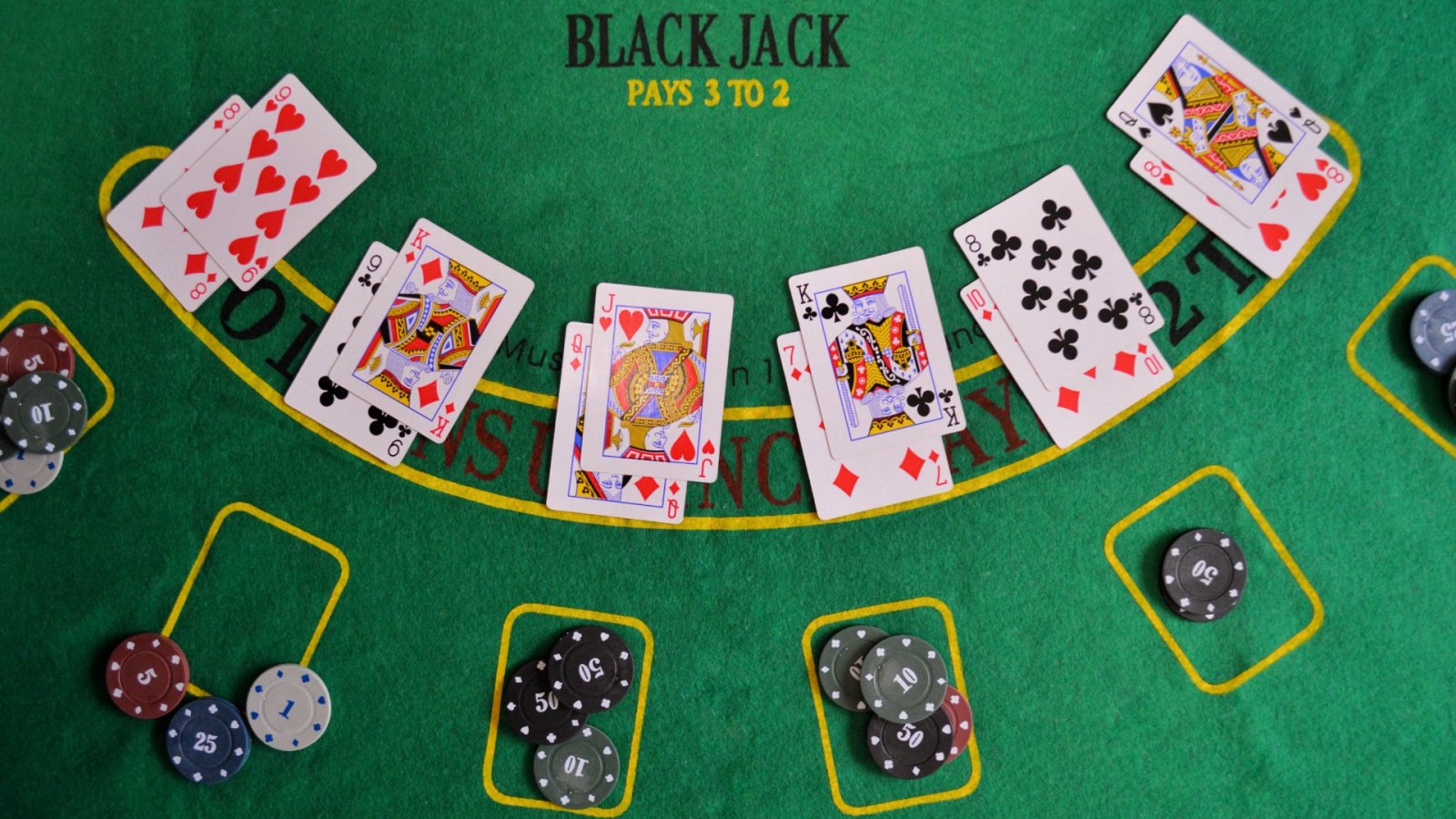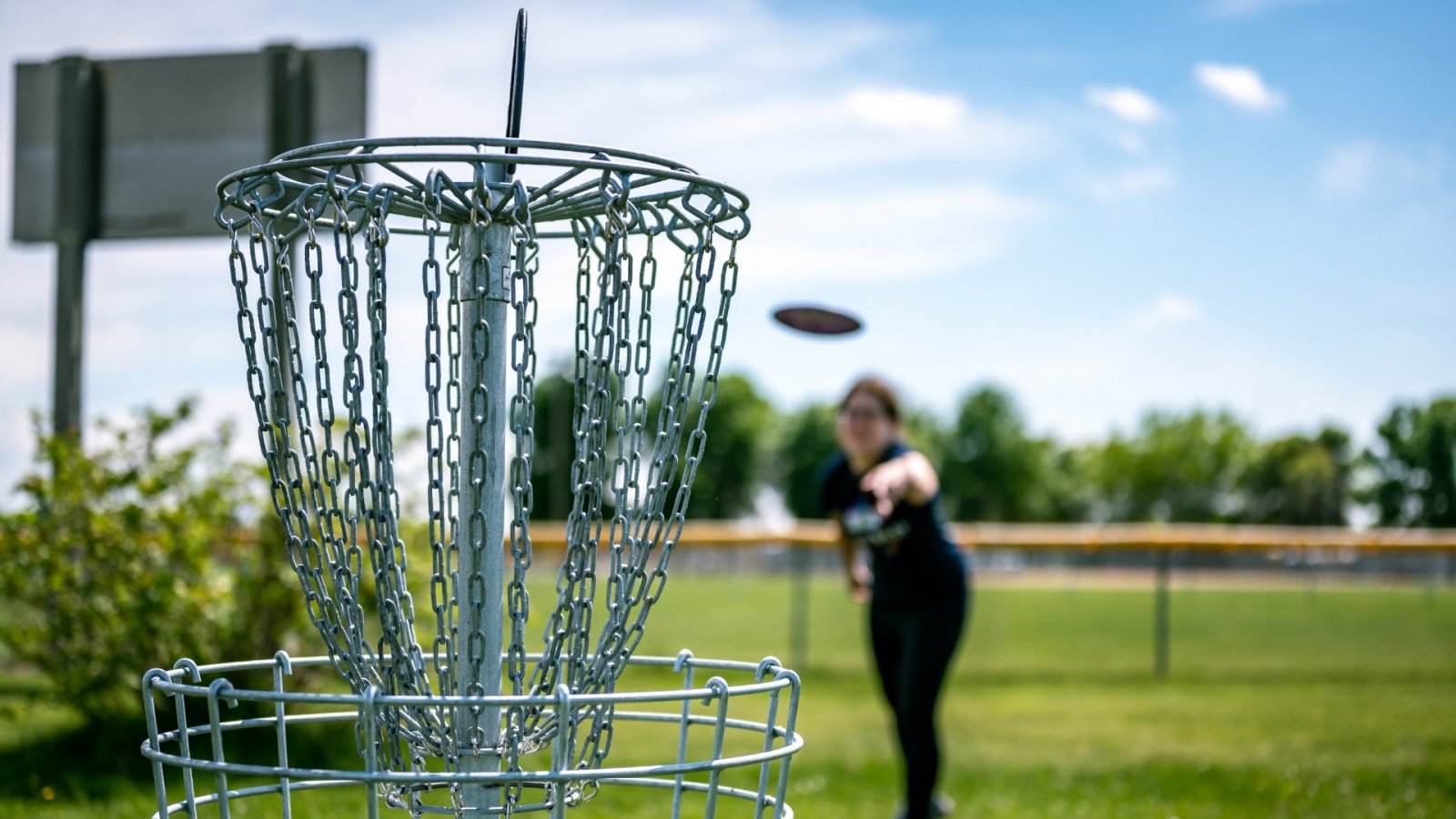The sport of disc golf originated from the widespread popularity of the Frisbee in the 1960s and 70s. Early disc golf was informal, with people using Frisbees to toss at makeshift targets like trees, trash cans, poles, and whatever else was available. Over time, the game evolved into a more structured sport centered around permanent disc golf courses. So, in a way, disc golf is similar to traditional ball golf but uses flying discs instead of balls and clubs. Players aim their disc shots toward pole-mounted disc golf baskets rather than holes in the ground. The disc golf basket extends up from the ground with hanging chains and a bucket where the thrown disc lands.
The objective is to complete each hole in the fewest number of throws, starting from a tee pad and finishing with the disc coming to a rest in the basket. A standard 18-hole disc golf course provides the structure for competitive play. Players proceed hole by hole until they finish the full course, with the lowest total throws declared the winner.
While the aim is to land in the basket, disc golf differs from ball golf in its flexible use of terrain. Disc golf courses are commonly designed within land that may not otherwise be suitable for development or traditional sports activities. This allows for scenic and challenging layouts using the natural features of woodlands, parks, and open spaces.
Disc golf has emerged as one of the most accessible lifetime sports for fitness and recreation. Its simple rules and enjoyable gameplay make it approachable for all ages and abilities. All that's needed to start is the ability to throw a frisbee - no special equipment, membership fees, or training required. Over the past decades, disc golf's popularity has skyrocketed across the United States. There are now more than 7,500 dedicated disc golf courses nationwide, providing opportunities for casual or competitive play in cities, parks, and rural communities alike. Since 1976, the sport's governing body - the Professional Disc Golf Association (PDGA) - has counted over 100,000 members among its ranks. Players can choose from an extensive menu of more than 3,500 sanctioned tournaments held annually.
The positive experience disc golf provides, coupled with the growing demand for more accessible recreation spaces, has fueled expansive growth. What started informally in parks and wooded areas now sees full-fledged courses cropping up in an ever-widening array of settings. For any looking to improve their health through an outdoor activity, disc golf offers an easy, social, and engaging gateway into an active lifetime sport.
On the first tee, players will determine the order by either mutual agreement or a disc flip - with the printed side representing heads. Whoever is the odd person out of the flip will tee off first.
For subsequent holes, the tee order is based on the score from the previous hole. The player with the lowest score throws first. A small mini marker disc is used to mark each player's lie (or throwing position). This disc must meet PDGA size standards and is not part of regular play. Players leave their thrown disc where it comes to rest until the mini marker is placed directly in front touching the thrown disc, aligned with the basket. Only then can the thrown disc be picked up.
Proper foot placement for throws requires practice. The "plant foot" bearing the thrower's weight must be within 1 foot behind the mini marker disc line or as close as reasonably possible without going past the line. The other foot can be placed anywhere behind an imaginary line extending straight back from the rear of the mini marker. The back foot cannot be placed closer to the hole than the mini marker.
A follow-through is allowed on any throw except putting (within 10 meters of the hole). Falling forward after a putt to maintain balance is prohibited and counted as a penalty throw.
If a thrown disc gets stuck over 2 meters up in a tree or bush, the marker is placed directly below it. The disc is carefully removed and one penalty throw is added to the score to account for the difficulty. Out-of-bounds areas are marked to protect environments and players. If any part of the lie is out of bounds, re-throw from 1 meter in bounds with a penalty throw. Standing water from the weather is not out of bounds - the disc may be relocated to a dry area with no penalty.
Water hazards should be avoided, as discs will sink. If a water penalty occurs, apply the out-of-bounds rule from an in-bounds drop zone with a penalty throw. Discs touching land above water remain in play. Mandatory areas are sometimes marked to avoid alternate areas or increase difficulty. The arrow indicates the required direction to pass. Missed mandatories result in re-throwing from the prior lie or a marked drop zone with a penalty throw.
And that’s how you play it! Have you ever tried it?






